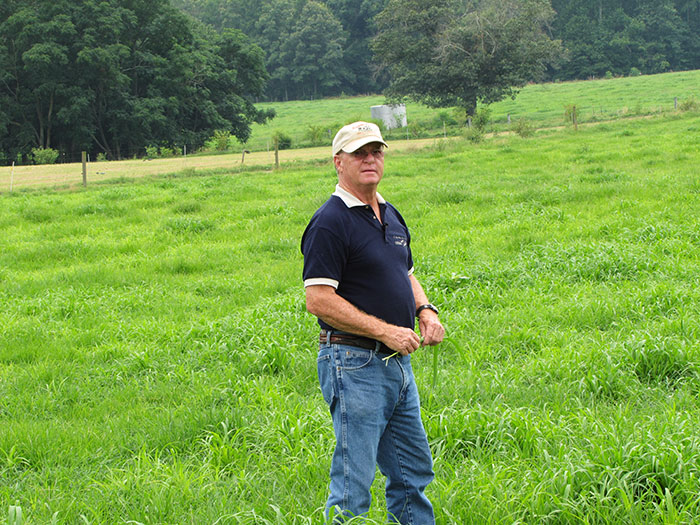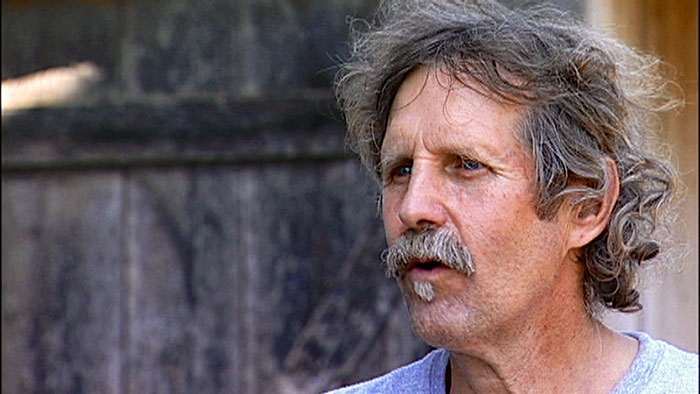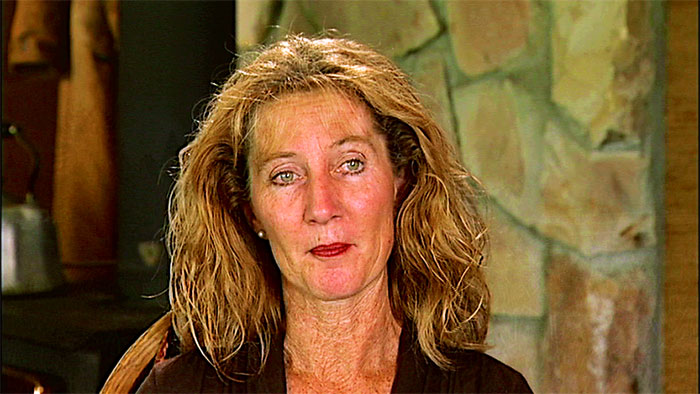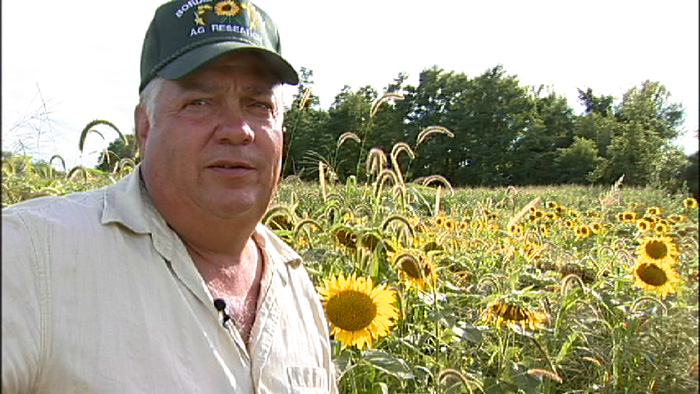Featuring Some of the Top Sustainable Farming Practices in the Country-2009/2010
The following videos have been produced in partnership with Sustainable Agriculture Research & Education(SARE) to showcase some of the top sustainable farming practices taking place across our nation. The farmers who were chosen as part of this project have spent many years of their lives working to increase the profitability of their farms along with the quality of their products, while improving the health of the land, and of their surrounding environment.
Of course, this is only a tiny sampling of farmers doing great work. These videos offer a rare glimpse into the lives of farmers committed to sustainability and innovation and offer successful farming and ranching practices that may be of benefit to other farmers.
One of the top milk producers in the state of South Carolina in the 1980’s, before discovering his 12 Aprils dairy grazing program, Tom Trantham suddenly faced going bust. This is a remarkable story how at the last second, he was able not only to save his farm but put it squarely on the path to sustainable profitability. His personal story and more specific information about his new feeding program are below.
Minnesota farmer Steven Schwen has built an innovative greenhouse that allows him to extend his growing season and also reduce his on-farm energy costs. Schwen views this “thermal banking” technology as a key component of his farming operation, particularly in this time of global climate change and energy insecurity. He feels this project moves him closer to his ultimate goals of energy independence and self-sufficiency.
- Sustainable Food: Earthen Path Organic Farm
- Sustainable Energy: Thermal Banking Greenhouse Design
- Sustainable Food: Earthen Path Organic Farm Thermal Banking: Cold Storage
As manager of the 8,500-acre Cronin Farms in Gettysburg, South Dakota, Dan Forgey strives to build soil health—and yields—sustainably. Forgey has been using no-till management for more than 17 years and over that time, has developed a keen understanding of how his farming system works and where new challenges and opportunities exist.
- No-Till Farmer: Steward of the Land
- The Next Step: Adding Cover Crop to a No-Till System
- Growing Cover Crop with a Cash Crop
The Imperial Stock Ranch, which began in 1871, faces a new and serious challenge to its very survival: how to create new markets for its products to compensate for longstanding existing markets that have declined or shifted overseas. Some bold steps were needed to rethink what to do with the wool from the sheep they raise on their 30,000 acre ranch in Eastern Oregon. Their solution? Direct, value-added marketing to yarn retailers and apparel designers.
- Cattle, Sheep, Grain, and Hay: The Imperial Stock Ranch Story
- Added Value: Direct Marketing for Farmers and Ranchers
- Value Added Marketing: Sheep’s Wool
Roger Rainville is ahead of the curve when it comes to reducing costs on his farm near Alburgh, Vermont. He’s currently producing biodiesel for about $1.70 a gallon. That savings, and his profit margin, are going to be even greater if energy and fuel prices continue to rise as they have been recently.
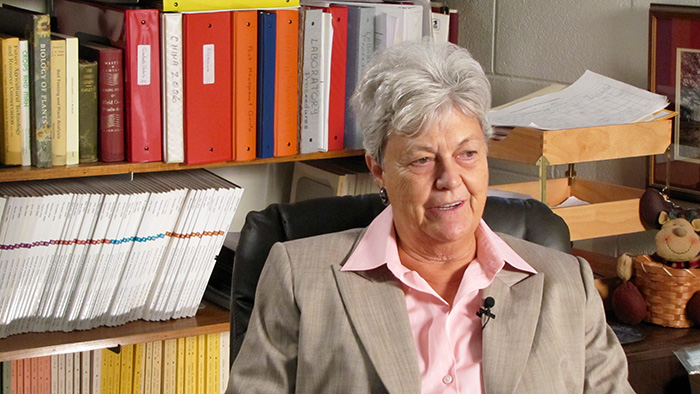
Program Director for The Texas Coalition for Sustainable Integrated Systems Research (TeCSIS), and Texas Alliance for Water Conservation (TAWC), a long-running research, and demonstration project designed to identify effective ways to reduce water usage on the Southern (Texas) High Plains. Allen is also the Thornton Distinguished Chair in the Department of Plant and Soil Sciences at Texas Tech University. Both programs are working toward helping local producers transition to an integrated crop management approach to insure the future viability of farming in this unique region of the country.

